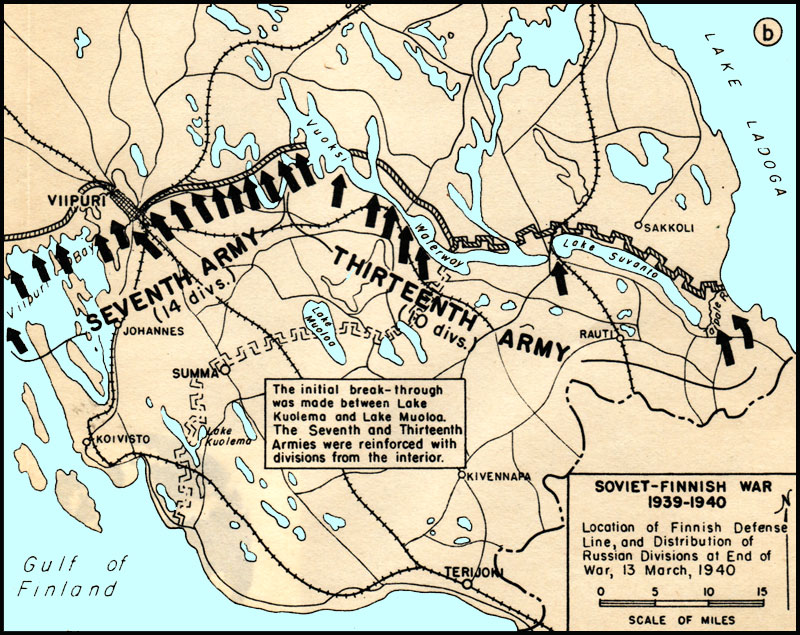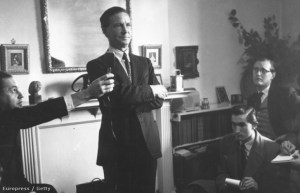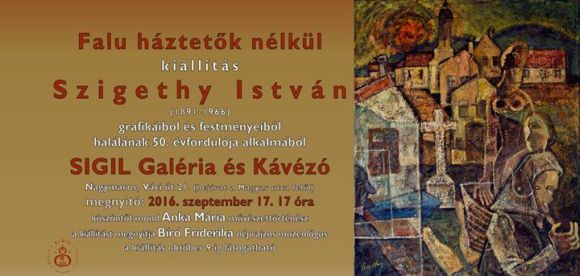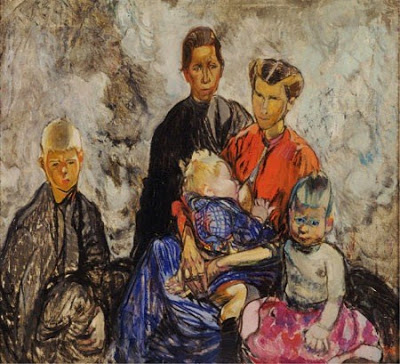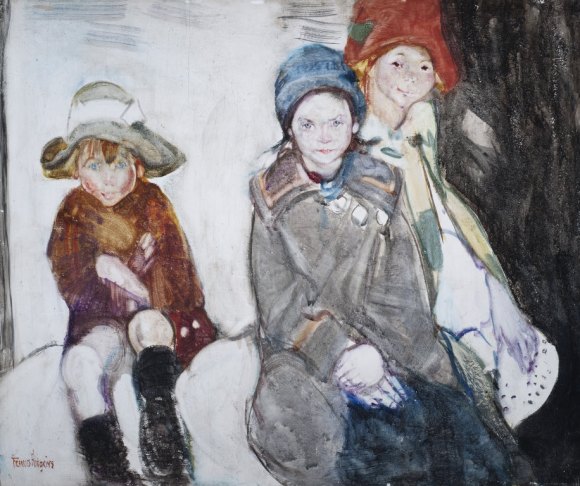The Plaque.
Aileen stands in the wide upstairs window of the holiday home detecting the subtle traces of him: a sharp scent of Old Spice a whiff of musky pipe tobacco. Dazzled by the surprize of yet another days sunshine she peers at the historical tableau below kids jumping from the high stone harbour walls catapulting magically through salty space.
She reaches into the musty wardrobe for a pinned stripe dress belted at the waist, pats her lacquered curls and sprays on the cologne which just like the summer reeks of 1976.
Strapped into her beige high heeled sandals she steps lightly into the midday sun passing familiar faces with a half nod. This unexpected burst of bright blue brilliance only accentuates the loss. Everything is magnified under the harsh distorting glare.
Aileen misses the bracing salt laden spring breezes. The still mid-summer air smells of consumption; over fried fish and suntan lotion. Her brown foundation trickles down her right cheek melting onto the starched white collar of her dress. She considers skulking back into the cool cavern but doggedly continues her weekly constitutional climbing the worn jagged slabs up to the other side. At the top of the steps she rests for a moment breathless, scowls at the discarded detritus tangled in the early brambles. Her frown relaxes into a small self -congratulatory smile as she observes the sleek elegant grey contours of the holiday home sandwiched amidst the granite.
Huddled at the end of the peeling brown bench with the missing slat a blonde woman sits clutching a small black notebook. Her clothes are vaguely scruffy at odds with the thick citrus scent of the Aqua Parma.
“Shall I move?” she asks half smiling half grimacing Aileen can’t be sure.
“No a there’s more than enough room for the two of us.” Aileen replies authoritatively.
The blonde woman’s called Alice . She lives in the village all year round up on the hill.
Aileen half listens to her staccato monologue .She’s diving into a memory, wallowing in its texture. It’s the Aqua Parma that’s set her off .She knows it’s really a special occasion evening perfume, remembers him first giving it to her for Christmas not long after their first meeting wrapped in shiny gold paper. The half empty bottle sits in her bathroom cabinet back home in Ireland. Now and the then she takes it out clutches it longingly to her chest, and strokes the cold glass.
“Oh my goodness where’s the time gone I’m late for my lunch.” Aileen exclaims rising stiffly from the bench.
That’s when she notices it larger, Golder and bolder very recently screwed on above her husband’s modest brown square.
Shocked and enraged at the blatant unbelievable audacity of this thing that’s appeared over night she spits the words at Alice:
“They can’t do this not without my permission .It’s our bench we paid 500 for the plaque …..Because he loved the village so much”
“Oh dear” Alice interjects troubled by the news that there is a dark drama clouding the benign gentleness of her favourite refuge.
“I need to speak to someone who knows about THIS. “ Aileen shouts jabbing a finger at the plaque.
“So you own the bench do you.” Alice mutters indignantly.
Alice observes Aileen’s cautious descent down the steps and back over to the other side. She rises reluctantly from the bench her daily dose of calm contaminated by the morbid machinations.
Crouched on plastic stool in her porch Aileen unstraps the beige sandals, shuts her eyes and imbibes the cloying scent dusty tomatoes plants mingle with the spicy cinnamon of the purple orchids his daughter gave her.
She can’t decide lunch first, then the stern phone call to the woman at the chapel who knows everything or the other way round.
Suffused with a drowsy contentment after her single glass of Merlot she totters into the bedroom reaches for the tweed arm of the jacket which still has a whiskyish tang , strokes it longingly wistfully recalling his exuberant warmth and good nature charm.
His words bounce mockingly in her head
“Well what’s the problem two plaques on the bench? I’m happy to be with the other fella anyway glad of the company.”
Her anger evaporates seeing the matter with his eyes: “ What’s the point of making a fuss right at the end.” She mutters to herself flipping the fried egg onto the tiny plate.
It’s the end of her final solo summer sojourn in the holiday home drifting through the wide rooms, relieved when the massive sun sinks into the sea leaving her shrouded in a comforting twilight blanket. She watches the evening news tut tutting at the relentless stupidity of it all, crochets for her three grandchildren then slides gratefully under the soporific lavender scented sheets.
Alice seeks a new unadorned bench for her morning calm over on the other side .Its slightly concealed by overhanging lilac bushes. Takeaway cartons peep out of the opening of the overflowing litter bin. If she turns her head slightly to the right for a gasp of today’s fresher saltier air she can see the gold yellow outline of her own home on top of the hill. Exultant all of a sudden that there’s a bit more time left she reaches into her bag for the summer sweet strawberries.
Aileen double locks the door of the holiday home for the final time with a brief glance back through the empty windows feeling a mixture of gratitude and sadness. The bulky taxi fills the lane outside waiting to take her to the airport its driver hovers nonchalantly by the open front door. She sees the girl from yesterday squeezing her way by, acknowledges her with a small wave of farewell , happily reflecting on the hectic autumn distractions that await her back home.









